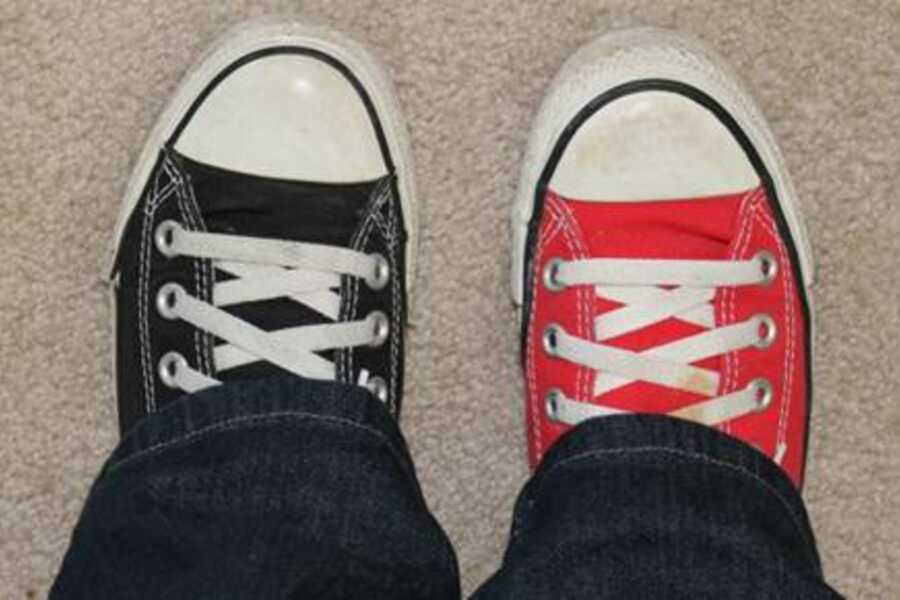Shared cups, dishes or cutlery was common use in the middle ages, and the exchange of clothes, shoes or even tooth brushes is intended for close friends or partners. Not at all for future colleagues.
Nevertheless, today 36 engineers that hardly know each other took off their left shoe and put on some one’s else. Still warm, may be clammy or smelly; yech! Why? Because they are all want are engaged with sustainability and as engineers want to contribute to making that happen. Aha, you may think. So?! Let me explain why we dived into this experiment. Engineering for sustainability often implies working in an international interdisciplinary research team. And that means you have to cooperate with people you don’t know, and you may not understand at first hand because they are trained in another profession than you’re and/or have a different cultural background. They know things that you don’t. They do things in different ways. They have different professional norms and values. Discussing with such people will not at all be like a ‘usual’ debate among experts like you. The only thing you’ll know for sure is that it will be different. That’s discomfort. Or better, acceptable discomfort.
Evolutionary change and transitions are said to orginate in such discomfort. If we seek to make major societal changes like sustainability transitions happen, experts have to respond freshly to the challenges faced by them. They may be aware that when they do as they always do, they will get what they always get… so, if they want to contribute to sustainability, settings that force them to look at these challenges and solutions from a new perspective should be explored. Settings that go beyond set disciplinary, professional or cultural boundaries and allow open mindedness, engagement and activeness. They are in a way searching for discomfort that stimulates creativeness, innovation, combining ideas that are not be combined sofar. The type of discomfort that does not allow for routines that will produce regular solutions, but at the same time is not that uncomfortable that it closes off thinking. So, the challenge to engineers is to get out of your comfort zone, but keep thinking and engineering.
While biking home after today’s meeting, I realized that people are not made for permanent discomfort, and in the end all are looking for comfort(zones) and routines. Although change comes from discomfort, and a need to change routines we humans, we’re quite conservative though. If so, how then may transitions become to happen at all in the end? My preliminary thoughts are, that there are first movers, that challenge the wannabes. Who at their turn … .etcetera. In the end the ultra conservatives among us – not to blame – become a minority and their comfortzone – do as always – will become uncomfortable. That’s why even they will change their behaviour, and find an alternative for what used to be their favourite shoes, car or lifestyle.


